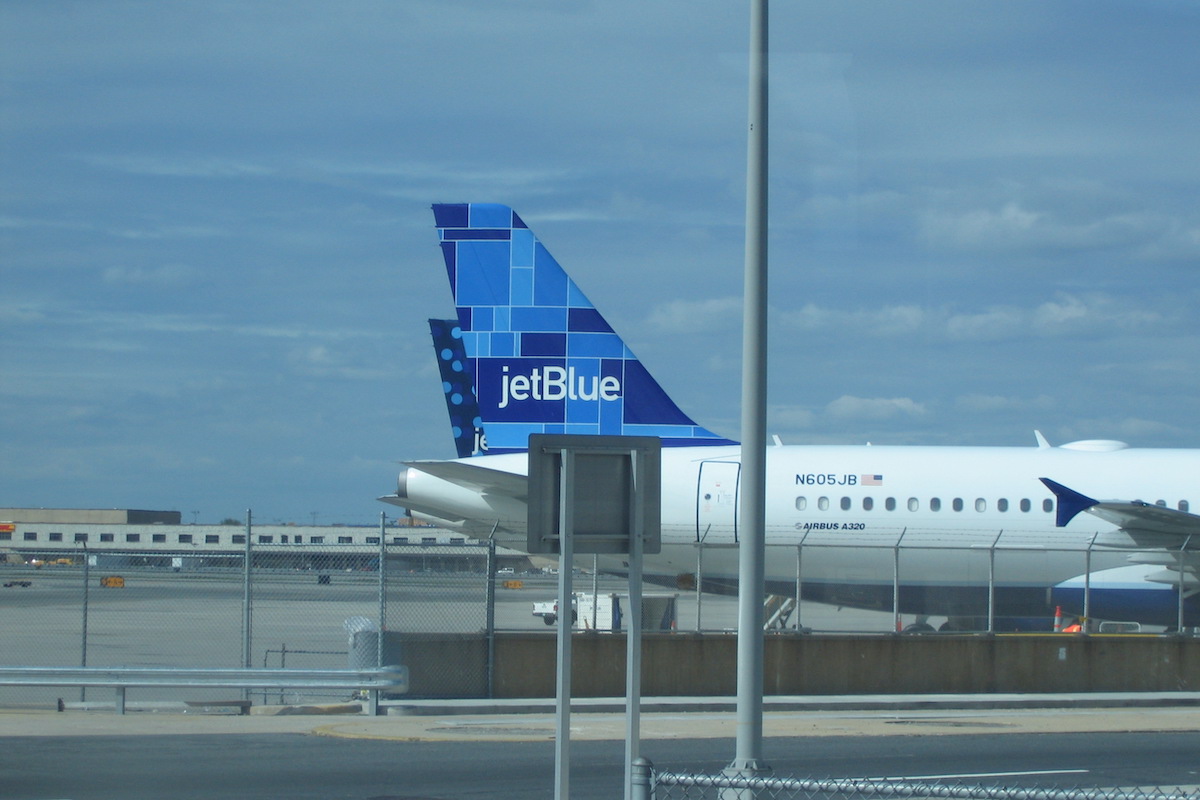Skift Take
To book a flight through the Expedia app is certainly sleeker and more transparent than through Hopper. Still, Hopper claims to be winning market share.
You’d think the most successful online travel companies would push customers to book flights (or hotels) as fast as possible. Book the sale before the customer can get distracted or find a better deal.
That’s why it was intriguing at Skift Global Forum last week when Expedia Group CEO Peter Kern said the company found it took six “clicks” to book a flight on Expedia versus 27 on Hopper. The statement came in the context of Expedia arguing that it ended its Hopper partnership because of its claim that Hopper allegedly misleads consumers. On the same stage the next day, Hopper founder and CEO Fred Lalonde said Expedia severed ties out of competitive concerns.
Kern meant to say six “screens” on Expedia and 27 in the Hopper app, and either way it would be a major difference.
I decided to take both apps out for a spin, using the more traditional metric of number of “taps” to get from the beginning of a search for a flight to making a booking.
I went through the paces of booking the same JetBlue roundtrip flights from New York (JFK) to Paris (CDG) November 5 and returning on November 11. I booked extra legroom seats for the trip, and chose the Blue fare type.
I came up with different numbers than Kern did, but still a significant disparity: 22 taps in the Expedia app versus 37 for the Hopper app. The JetBlue app took me 25 taps.
Note: All three apps already had this reporter’s profile and payment information pre-loaded so that saved some taps.
Hopper and Expedia Are In Somewhat Different Businesses
When considering that it took 37 taps to book a flight through the Hopper app you have to consider that while Hopper and Expedia both sell flights, they are in somewhat different businesses. Hopper has stated that it generates more revenue selling its array of fintech and insurance products than from selling the actual airplane ticket.
For example, to book a Hopper flight, users may have to tap their way through other offers – in my case, a $150 fee for a Flight Disruption Guarantee. If the JetBlue flight were canceled or delayed for more than one hour, Hopper would cover the cost of a new flight up to $2,000, or the traveler could keep the original reservation and get a $1,250 cash reimbursement, which was the airfare.
There were also offers to Cancel For Any Reason (up to three hours before departure for cash refunds or airline credits); and a variety of trip insurance options.
In addition, toward the end of the booking process, the Hopper app defaulted to VIP Support for a $42 fee. If users don’t want it, they would have to select free Basic Support, which lacks the VIP Support’s “priority assistance” and 24/7 live chat.
Using the Expedia app was considerably sleeker, and the airfares were similar in the two apps.
The Expedia app had promotional messages touting its One Key loyalty cash and price tracking service along the flight-booking path, but there were no extra fees involved and they were not as obtrusive as the fee pitches in the Hopper app.
Correction: The original version of this story erroneously stated that the airfares were lower in the Hopper app than through Expedia. After Expedia pointed out this issue, we conducted additional tests for this flight and another and found the airfares to be similar in both apps.
The Daily Newsletter
Our daily coverage of the global travel industry. Written by editors and analysts from across Skift’s brands.
Have a confidential tip for Skift? Get in touch
Tags: apps, expedia, expedia group, fintech, flights, hopper, jetblue, mobile, online travel newsletter, skift global forum 2023
Photo credit: A Jetblue aircraft at New York's JFK airport. Ryan McLean / Flickr

